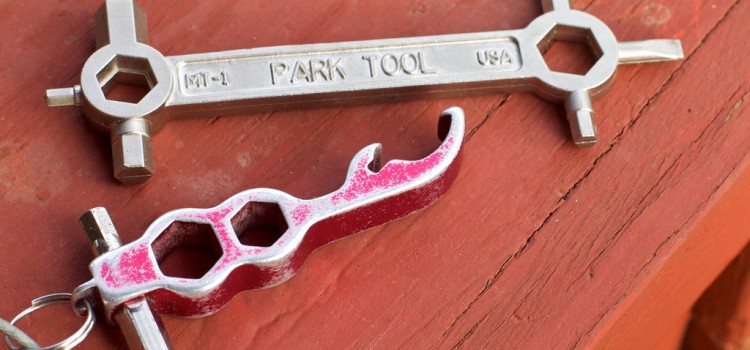 The assessment tools used to treat adult drug and alcohol users primarily focus on determining whether or not the use of these substances impair the user’s ability to function and participate in daily life. The first step is for the treatment center to diagnose the problem. The following is criteria used to determine if a person is in alcohol withdrawal; these symptoms may vary from mild to severe:
The assessment tools used to treat adult drug and alcohol users primarily focus on determining whether or not the use of these substances impair the user’s ability to function and participate in daily life. The first step is for the treatment center to diagnose the problem. The following is criteria used to determine if a person is in alcohol withdrawal; these symptoms may vary from mild to severe:
After ceasing or reducing a heavy and sustained use of alcohol, two or more of the following criteria may develop anywhere from a few hours to a few days: sweating or a raised pulse rate more than 100 beats a minute; tremors in the hand; insomnia; vomiting or nausea, brief visual and auditory hallucinations, anxiety, psychomotor agitation, grand mal seizures.
A treatment center will also consider whether or not these symptoms impair other areas in a person’s life, such as work and social interactions. They also will consider whether or not the symptoms are due to another medical condition. Often alcohol-related problems don’t occur in a vacuum, and there’s more than one health or mental problem to diagnose. In a detox center, a combination of drugs will be used to ease these symptoms, so that the person may safely pass through this dangerous period of withdrawal; remember that this is something that should always be conducted in an official setting, such as a detox or rehab facility. To assess the level of alcohol withdrawal, treatment centers will often use a checklist based on the criteria above to determine the severity, observing the following areas: nausea and vomiting, tremors, paroxysmal sweats, anxiety and sweats, tactile disturbances, auditory and visual disturbances.
Mainly, though, the assessment is done through observation, medication, and examination. As the patient improves, he or she may participate in group or one-on-one therapy sessions to better understand the drinking problem and seek possible solutions.


